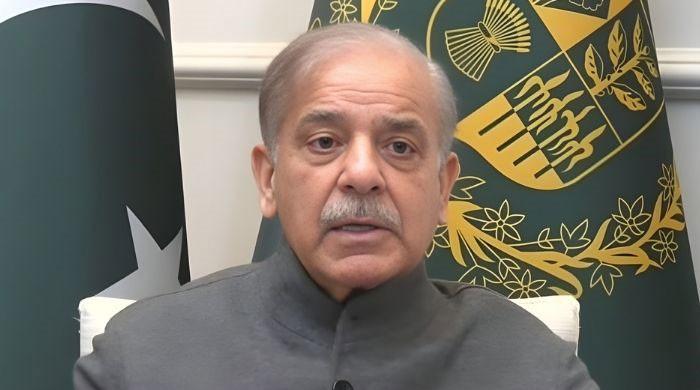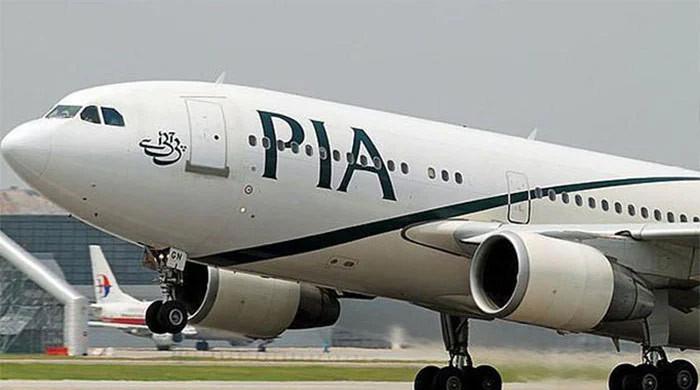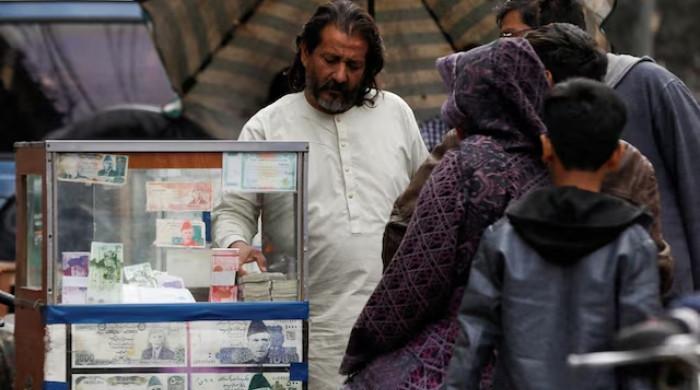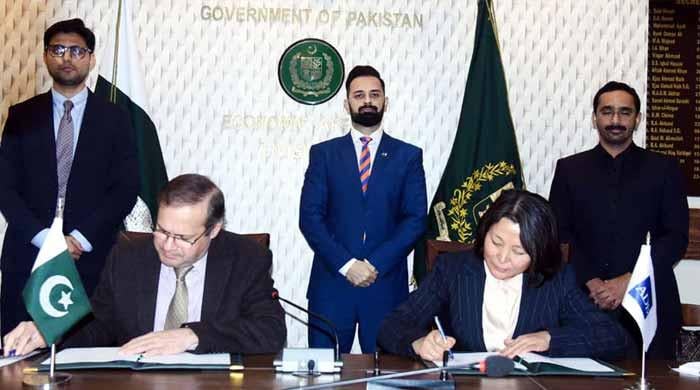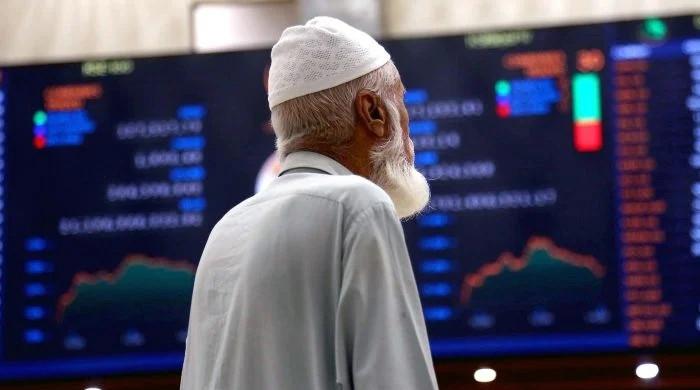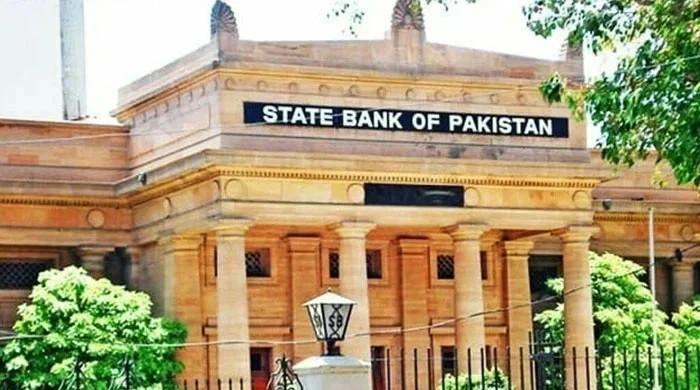High-end consumers likely to bear brunt of imminent gas tariff hike
Caretaker govt intensifies its endeavor to finalise the natural gas price increase proposals amid IMF pressure
September 19, 2023
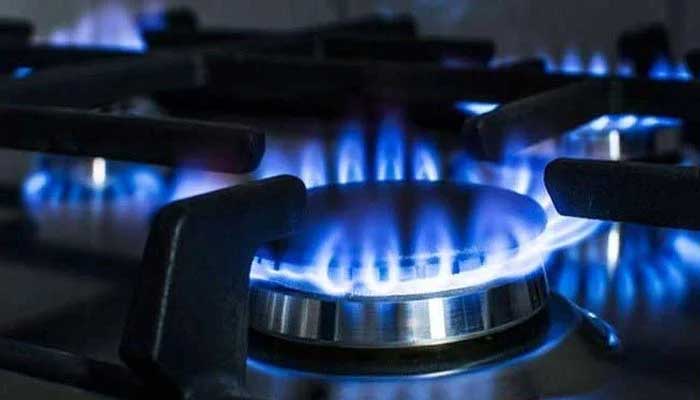
- Four slabs of domestic consumers may not face any increase.
- 60% of consumers would face a hike of Rs200 to 400 per MMBTU.
- "IMF has increased pressure on govt to notify gas prices hike."
ISLAMABAD: High-end consumers will likely bear the brunt of an imminent hike in gas tariff as the caretaker government is mulling a proposal to protect low-end consumers from the price shock.
As the International Monetary Fund (IMF) linked an increase in gas tariff to allowing power consumers to pay bills in three-month installments, the caretaker government has intensified its endeavor to finalise the natural gas price increase proposals under which high-end consumers will pay the maximum, The News reported on Tuesday.
Background discussions with senior officials of the Petroleum Division suggest there are 12 slabs for domestic consumers out of which the first four slabs of consumers utilising gas up to 0.25 HM3, 0.5 HM3, 0.6HM3 and 0.9hm3 every month may not face any increase.
However, the remaining eight domestic gas categories which are non-protected consumers will face the increase, but the high-end consumers who fall over the 4 hm3 slab may have to face a massive increase in their tariff up to Rs3,600-3,700 per MMBTU.
Likewise, other high-end consumers who fall in 3HM cubic meters and 4HM3 will also face a massive increase. (HM3 means 100 cubic meters gas).
In this way, around 60% of consumers would face a hike of 200 to 400 per MMBTU, all of this, however, remains to be finalised.
The government is importing RLNG at Rs3,700 per MMBTU but selling it at Rs1,100 per MMBTU on average which is no longer justifiable.
Last time, the federal government notified the category-wise gas sale prices to increase from January 1, 2023.
“The top notches of petroleum, finance divisions, and OGRA are also in the process of finalising the gas price increase, and held a meeting on Monday to design the gas increase scenario by 45-50% without increasing the gas price for protected domestic categories.”
The Petroleum Division officials were busy in late-night meetings on how to devise a hike in gas prices and develop a summary for ECC.
IMF has also linked its go-ahead to the government allowing unprotected electricity consumers using 200 units a month to pay their inflated bills in three-month instalments.
“Yes, the IMF has increased its pressure on the caretaker regime to notify the gas prices hike, which OGRA on June 2, 2023, determined for Sui Southern and Sui Northern consumers,” one of the top officials of the energy ministry told The News.
On June 2, 2023, the Oil and Gas Regulatory Authority (Ogra) announced an increase of 50% (Rs415.11 per MMBTU) for the consumers of the Sui Northern Gas Pipeline Limited (SNGPL) pushing the subscribed gas price up to Rs1,238.68 per MMBTU.
The regulator increased the gas price by 45% (417.23 per MMBTU for the consumers of Sui Southern Gas Company Limited (SSGCL) for 2023-24. The SNGPL still has the previous year’s accumulative shortfall of Rs560.378 billion up to FY23, while Sui Southern has a shortfall of Rs97.388 billion and this is how the existing shortfall of both the gas companies stands at Rs657.766 billion.
“Once we finalise the price hike scenario for various gas consumer categories, the summary will be pitched in the ECC for approval and then the federal cabinet will give nod to the ECC decision prior to the notification," the official said.
“We have to take care of the low-income consumers through safety nets, for instance in Balochistan, low-income consumers comparatively become more vulnerable because of the cold wave that hits Balochistan every year.
“The government also wants a special tariff for Balochistan’s low-income consumers but it will cost Rs 10 billion a year and if that is done keeping in view the previous years’ accumulated impact, then it seems a gigantic task and no more sustainable.”
However, the government wants to save low-income slab consumers from gas price shock.
The official said that the people living in far-flung areas are compelled to use the costly gas cylinders whereas those in urban centres and having piped gas connections are paying much lower prices.
Officials said the government is working on seven areas to increase gas production to the optimum level from the depleting gas fields.
“We are also pondering on how to increase oil and gas exploration and production activities by resolving the crippling circular debt that has slowed down the E&P activities.”
The government is also working on a strategy to tackle the circular debt through reforms in the price regime and some of its portions will also be resolved through dividends ploughing back scheme.
Originally published in The News




